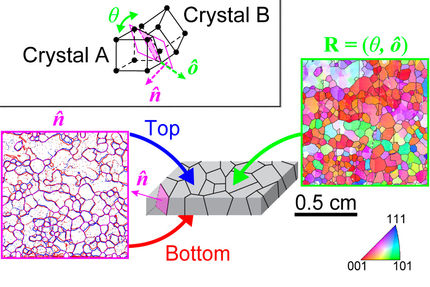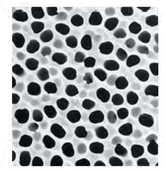Stretching silicon: A new method to measure how strain affects semiconductors
Advertisement
University of Wisconsin-Madison engineers and physicists have developed a method of measuring how strain affects thin films of silicon that could lay the foundation for faster flexible electronics. Developed by a team of researchers led by Max Lagally, the Erwin W. Mueller and Bascom Professor of Materials Science and Engineering at UW-Madison, the new method enables the researchers to directly measure the effects of strain on the electronic structure of silicon. The group published its findings in Physical Review Letters.
Standard strained silicon has so many dislocations and defects that strain measurements aren't accurate, so the research team starts with its own specially fabricated silicon nanomembranes. The team can induce uniform strain in these extremely thin, flexible silicon sheets.
"Imagine if you were to attach a ring and a hook on all four corners and pull equally on all four corners like a trampoline, it stretches out like that," says Lagally.
As a result, the researchers avoid the defects and variations that make it difficult to study standard strained silicon. Uniform strain allows accurate measurement of its effect on electronic properties.
The researchers drew on the powerful X-ray source at the UW-Madison Synchrotron Radiation Center (SRC), which allowed them to measure conduction bands in strained silicon. To study the energy levels, the researchers needed a wavelength-tunable X-ray source. The SRC also houses a monochromator, a device that enabled the team to choose a precise wavelength, giving their readings the required high energy resolution.
By measuring nanomembranes with different percentages of strain, the researchers have determined the direction and magnitude of shifts in the conduction bands. Their findings have shed light on divergent theories and uncovered some surprising properties. Understanding these properties, and the energy shifts in strained materials, could lead to the improvement of fast, flexible electronic devices.
Capitalizing on its techniques for fabricating silicon nanomembranes, the group hopes to use SRC resources to study strain in other semiconductor materials, as well as to make measurements over smaller areas to study the effects of localized strain.
"The ability to make membranes of various materials, to strain them, and make these measurements will enable us to determine strain-dependent band structure of all kinds of semiconductor materials," says Lagally.



































































